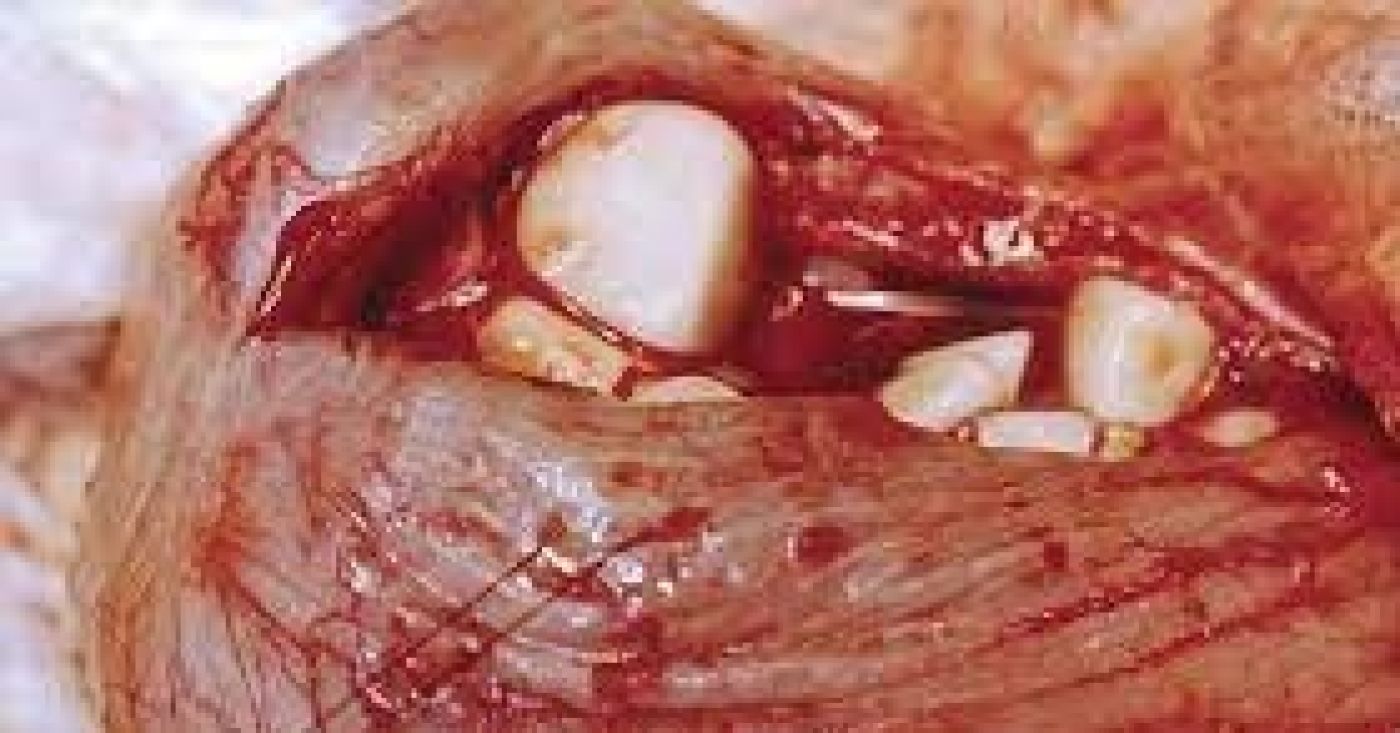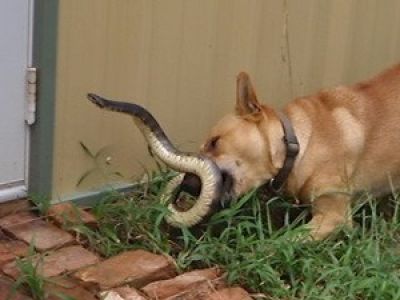Cystotomy

In Veterinary clinics we see a massive assortment of cases diagnosed. Many times, these cases seem to appear in multiples. Recently, here at the Greensborough Veterinary Hospital we have surgically treated multiple animals for bladder stones, which is known as a cystotomy.
Bladder stones, also known as urolithiasis, are solid mineral deposits that form inside the bladder of dogs and cats. These crystals form when a combination of events take place such as when the urine PH changes, increased urine concentration and changes in the mineral make up of urine being formed. Over time the crystals combine and layer to form bladder stones.
Bladder stones can range from 1-2 stones to hundreds. Some are small grit-like, others can be up to 2 inches in diameter.
The two most common types of bladder stones are those made of calcium oxalate and those made of struvite. Urate is another mineral type but is rare.
Less is known about why struvite stones form without infection. They often play a part in feline lower urinary tract disease, a condition associated with stress and straining to urinate. Calcium oxalate stones tend to form with a more acidic PH or can be a breed related condition, e.g. Dalmations.
Symptoms of bladder stones include straining to urinate, dribbling urine, urinating in unusual places, vocalizing or crying, or frequently licking the vulva or penis. The urine may have a strong odour and may have mucous or blood present. Bladder stones can sometimes be diagnosed during an examination, through a urine sample or through an x/ray. Determining the stones composition is important and must be sent to the laboratory which can take weeks.
Treatment options vary depending upon the type of stone. Removing bacteria that adjust the Ph essentially prevents new stones from forming. Unfortunately, large stones create a great environment for bacteria to live, so antibiotics may not kill these bacteria and there is also the potential to cause antibiotic resistant bacteria. In some cases, struvite stones can be dissolved by feeding a therapeutic diet on a long-term basis.
Sometimes bladder stones migrate along the urinary tract and become lodged in the urethra. This puts the pet at a serious risk of a blockage, preventing the pet from urinating. A urinary catheter must be inserted immediately. If these treatments are not an option a cystotomy is required. This involves surgically opening the abdomen and then bladder to physically remove the stones. Recovery can take 2-4 weeks with pain medication required for pain and inflammation. If the bacterial infection is not cured, more stones will form.
As owners we are not aware of these conditions until it happens to our own pets. This is a life-threatening condition that can be recurring and will require lifelong maintenance.



